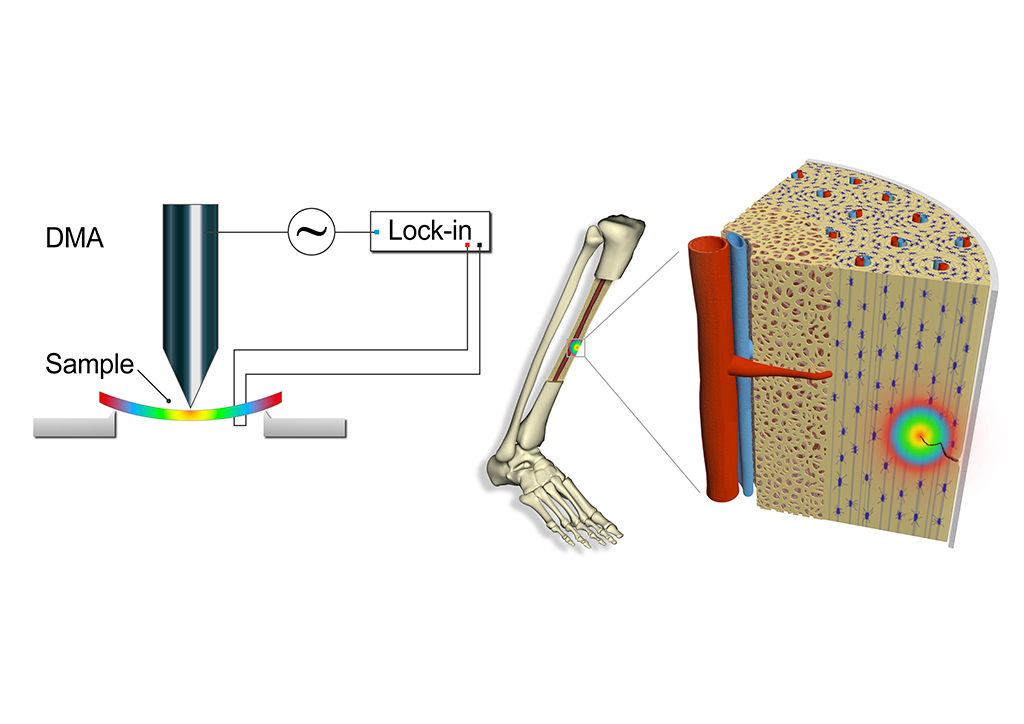Bones have a remarkable ability to fix their own fractures. It has long been known that the repair is carried out by specialized cells. It has also been known for a long time that bones generate electricity in response to mechanical efforts. How, or whether, the self-repair process and the electromechanical properties are related has been less clear until now.
The ability of bones to generate electricity in response to pressure (known as piezoelectricity) is itself a bit of a mistery, because the mineral component of bones, hydroxyapatite, is not piezoelectric. Scientists have therefore attributed the piezoelectric properties of bone to its main organic component, collagen, which is piezoelectric. However, we have discovered that, even if all the collagen is removed from a bone, it can still generate an electric signal in response to bending. This property is known as “flexoelectricity”, and hydroxyapatite has it. Moreover, when calculating the flexoelectric fields generated around the apex of a bone fracture, we have discovered that they are theoretically large enough to stimulate a strong cellular response from the cells near the fracture.
The electromechanical link between fractures and repair cells is thus established: when we put pressure on our bones, their fractures will emit an electric signal that acts as a “starting shot” for the initiation of the repair process by the cells. Being very localized around the fracture apex, it also serves as a guiding light to direct the cells to the centre of damage. We hope that this discovery will stimulate the investigation of therapeutic and prosthetic uses of flexoelectricity.
Reference
